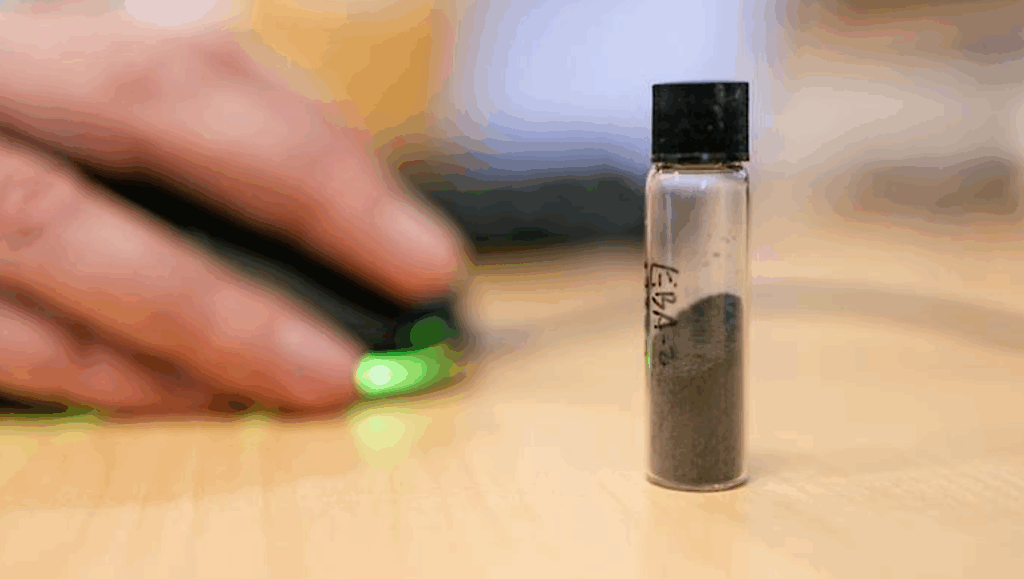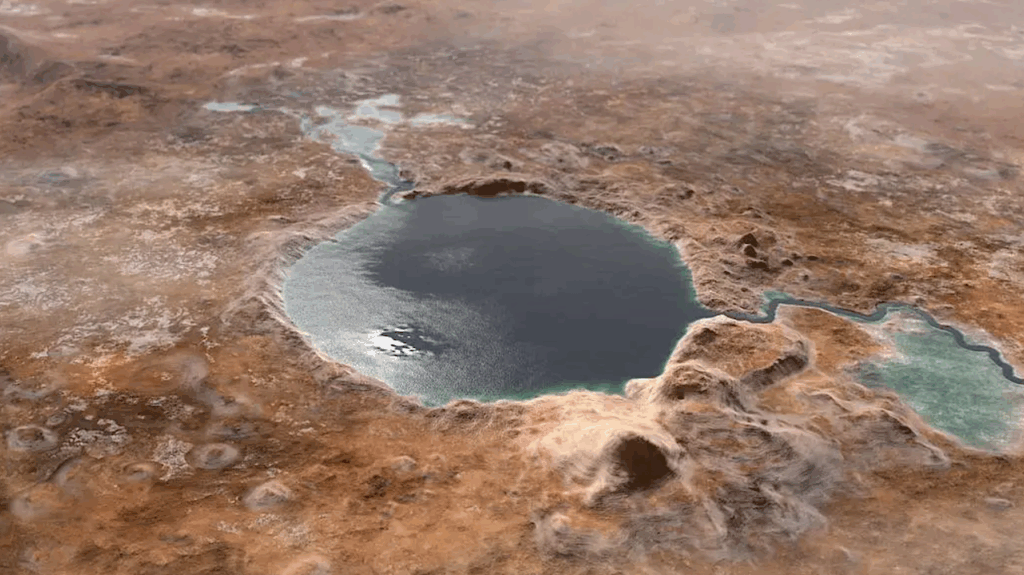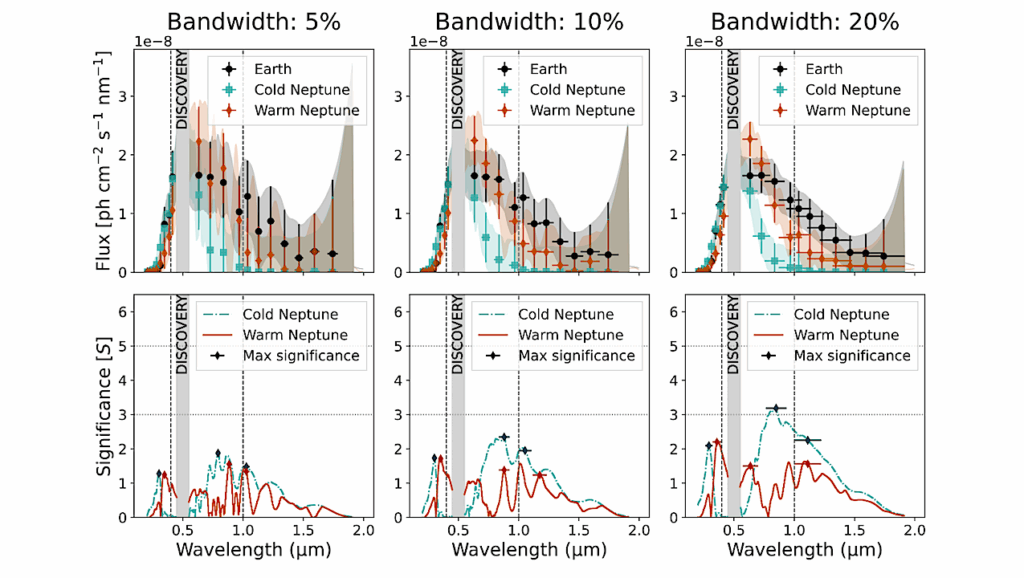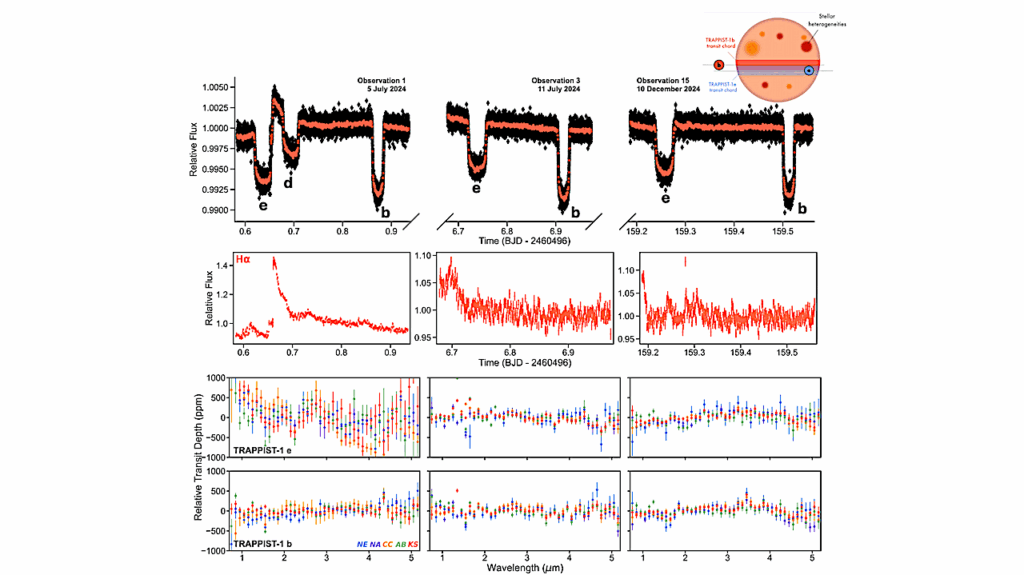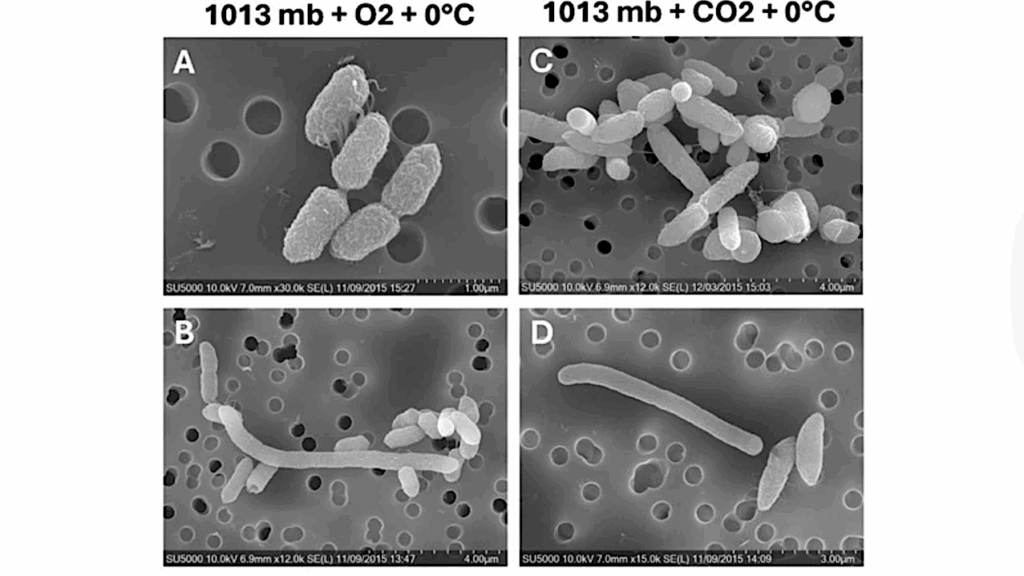Mass-radius Relationships For Irradiated Ocean Planets
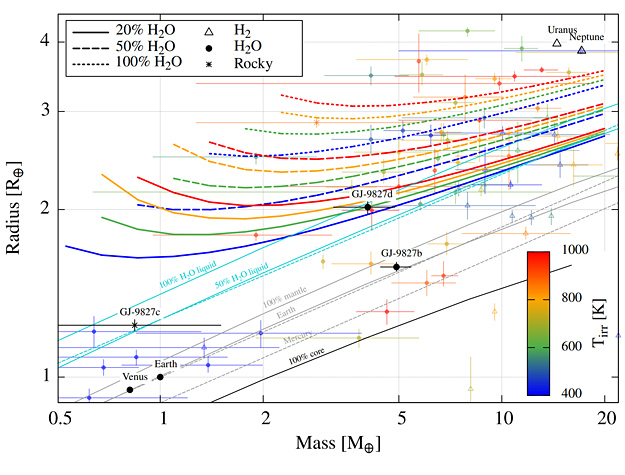
Massive and water-rich planets should be ubiquitous in the universe. Many of those worlds are expected to be subject to important irradiation from their host star, and display supercritical water layers surrounded by extended steam atmospheres.
Irradiated ocean planets with such inflated hydrospheres have been recently shown to be good candidates for matching the mass-radius distribution of sub-Neptunes. Here we describe a model that computes a realistic structure for water-rich planets by combining an interior model with an updated equation of state (EoS) for water, and an atmospheric model that takes into account radiative transfer. We find that the use of non appropriate EoSs can lead to the overestimation of the planetary radius by up to ∼10\%, depending on the planet size and composition.
Our model has been applied to the GJ 9827 system as a test case and indicates Earth- or Venus-like interiors for planets b and c, respectively. Planet d could be an irradiated ocean planet with a water mass fraction of ∼20±10%. We also provide fits for the mass-radius relationships, allowing one to directly retrieve a wide range of planetary compositions, without the requirement to run the model. Our calculations finally suggest that highly irradiated planets lost their H/He content through atmospheric loss processes, and that the leftover material led to either super-Earths or sub-Neptunes, depending on the water mass fraction.
Artyom Aguichine, Olivier Mousis, Magali Deleuil, Emmanuel Marcq
Comments: Accepted for publication in ApJ
Subjects: Earth and Planetary Astrophysics (astro-ph.EP)
Cite as: arXiv:2105.01102 [astro-ph.EP] (or arXiv:2105.01102v1 [astro-ph.EP] for this version)
Submission history
From: Artyom Aguichine
[v1] Mon, 3 May 2021 18:13:16 UTC (980 KB)
https://arxiv.org/abs/2105.01102
Astrobiology,



